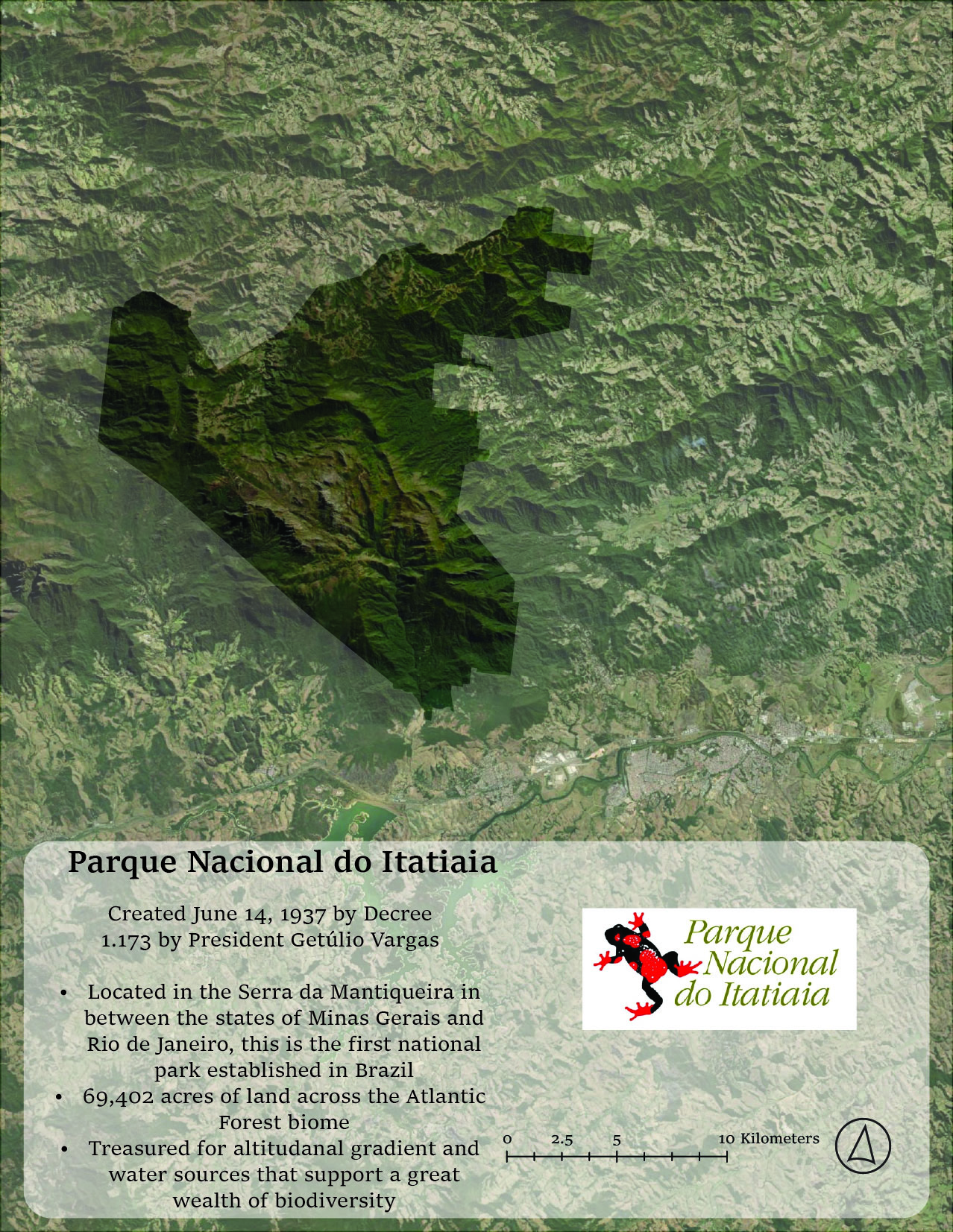The First National Parks in South America

On March 1, 1872 the United States Congress passed an act establishing Yellowstone in Wyoming as the first national park. It was not the first time a government had enclosed an area through legislature, but it was the first time a government had designated an area as a ‘National Park.’ In describing the geographical boundaries of Yellowstone, the 42nd Congress wrote that the land was “… hereby reserved and withdrawn from settlement, occupancy, or sale under the laws of the United States, and dedicated and set apart as a public park or pleasuring-ground for the benefit and enjoyment of the people…” Yellowstone would be the first of an eventual sixty-three National Parks that would be created across the American continent. Although Mary Stuckey argues in her book For the Enjoyment of the People: The Creation of National Identity in American Public Lands that the development of mostly Western lands into parks were part of an effort to further dispossess Indigenous peoples of their lands and legitimize these claims through legislature, National Parks were publicly created to conserve visually impactful landscapes. As the Organic Act of 1916 states regarding the creation of the National Park Service, “the Service thus established shall promote and regulate the use of the Federal areas known as national parks, monuments and reservations … which purpose is to conserve the scenery and the natural and historic objects and the wild life therein and to provide for the enjoyment of the same in such manner and by such means as will leave them unimpaired for the enjoyment of future generations.” Despite the forty-five year gap between the creation of Yellowstone and the bureaucracy that governs it, the general purpose to “conserve visually impactful landscapes” is the backbone for the thirty-five parks created in that era and to the present.
Within the same decade that the United States legislated the creation of Yellowstone, many South American countries began endeavours of their own to conserve landscapes within their nations. But the reasons for conserving land and unifying those lands under a legislated parks office vastly differed among each country, although an underlying reason for most countries was to secure frontier lands with national claims. Waklid further elaborates that the late nineteenth to early twentieth century represented a “significant era of conservation … as a response to concerns over degradation combined with a curiosity about the notion of protecting lands with justifications [including] elite ideas about scenery and tourism potential [and] suggestions of the need for scientific study”. Waklid establishes this common thread as a generalized approach to the formation of national parks in Latin America but looking further into the specific details and contexts of certain countries’ histories of their parks and systems, the reasons for creation are a lot more nuanced–and frankly fascinating–than scenery and tourism. Those two reasons form the backbone for the American system of parks but frames Latin American within the North American understanding of conservation, recreation, and landscapes.
This project hopes to establish a deeper understanding of the development of national park systems in Latin America in the century after the creation of Yellowstone in 1872 by mapping early parks in Argentina, Brazil and Colombia and exploring their spatial and bureaucratic origins in contrast to each other and to select examples from the United States National Park System.
The spatialized basis for this project lies in the World Database for Protected Areas (WDPA), a “joint project of UNEP and the International Union for Conservation of Nature (IUCN) compiled and managed by the UN Environment Programme World Conservation Monitoring Centre (UNEP-WCMC), in collaboration with governments, non-governmental organisations, and other data-providers. The WDPA is the most comprehensive global database of marine and terrestrial protected areas, comprising both spatial data (i.e. boundaries and points) with associated attribute data (i.e. tabular information). Officially established in 1981, the WDPA actually began in 1959 when the UN Economic and Social Council ‘called for a list of national parks and equivalent reserves in recognition that they ‘are valuable for economic and scientific reasons and also as areas for the future preservation of fauna and flora and geologic structures in their natural state.’”
The database is updated monthly and available for geographic information system (GIS) software.

Parque Nacional El Rey

Parque Nacional Nahuel Huapi

Parque Nacional Iguazú

Parque Nacional do Iguaçu

Parque Nacional da Serra dos Órgãos

Parque Nacional do Itatiaia


Parque Nacional Sierra Nevada de Santa Marta

Parque Nacional Farallones de Cali

Parque Nacional Cueva de los Guacharos


